50th anniversary | Hobart’s Tasman Bridge disaster
This weekend we commemorate the 50th anniversary of the Tasman Bridge disaster. We remember those lost and all who assisted in the rescue and recovery efforts.
Posted
02 January 2025
This weekend we commemorate the 50th anniversary of the Tasman Bridge disaster. We remember those lost and all who assisted in the rescue and recovery efforts.
Posted
02 January 2025
The Tasman Bridge disaster on 5 January 1975 was a sudden and catastrophic event that resulted in the death of 12 people and effectively severed the city of Hobart in two.
To mark the 50th anniversary of the Tasman Bridge disaster, on the evening of Sunday, 5 January 2025, the Tasman Bridge will be lit bright white. From 9:27 pm to 9:57 pm, the feature lighting between gantries 11 and 12 (pier 17 and 19) will change to a dark blue, signifying the time and area of impact from the SS Lake Illawarra 50 years earlier. At 9:27 pm the bridge will also be closed to traffic for approximately three minutes.
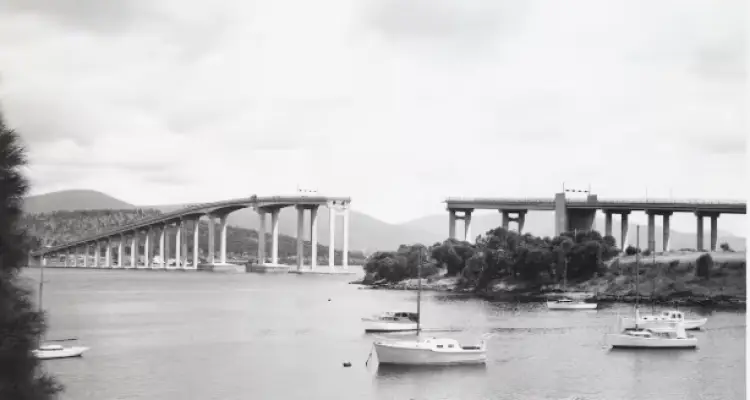
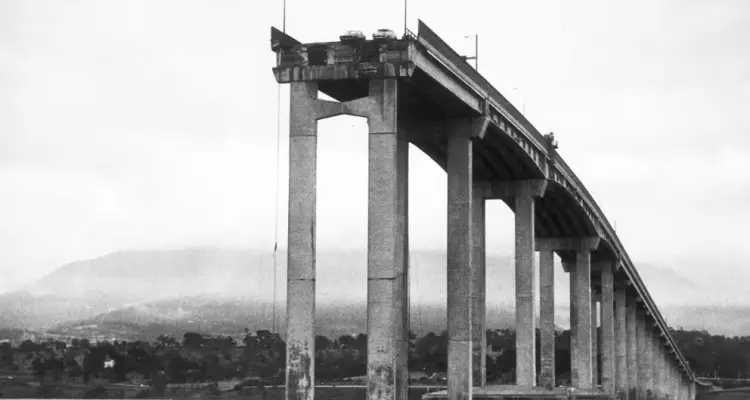
On 5 January 1975, a misty summer evening, at approximately 9:27 pm, the bulk carrier SS Lake Illawarra bound for Risdon and piloted by the ship’s master, struck one of the Tasman Bridge’s eastern spans.
The collision almost immediately brought down three unsupported spans and a 127-metre section of roadway, which crashed onto the vessel's deck sinking it to the floor of the Derwent, with its load of 10,000 tonnes of zinc ore.
On board the Lake Illawarra seven crewmen died, as did five motorists who were driving across the bridge at the time.
Miraculously others managed to escape from two vehicles that teetered on the bridge’s edge. A sadly iconic image burnt into the memories of many.
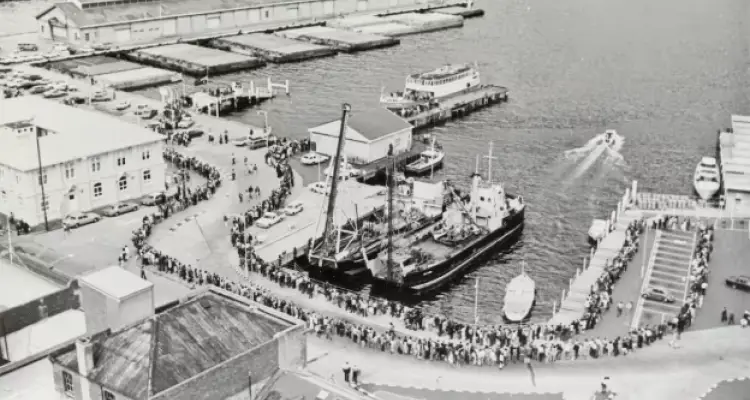
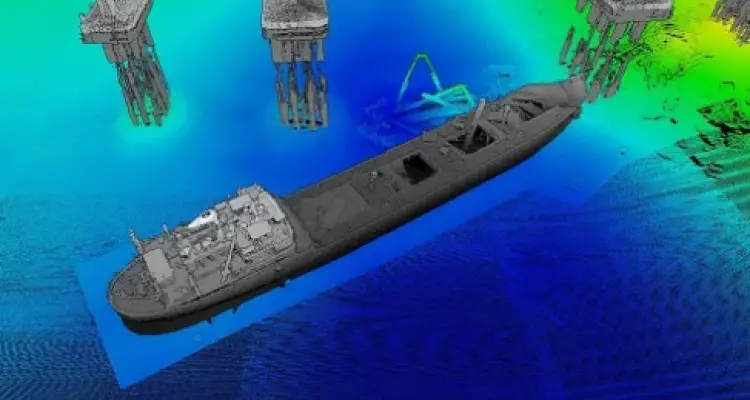
That night Hobart Marine Board’s Harbour Master, Captain Woods and his team leapt into action. Working tirelessly alongside emergency service workers and volunteers, they searched for survivors amidst an ocean of debris.
Marine Board staff on the MV Kulanda, a motorised landing barge still in use today, played a pivotal role in the aftermath, searching for survivors, clearing debris and retrieving wreckage from the river.
The bridge collapse effectively severed Greater Hobart in two. In the following weeks and months, Marine Board staff worked to convert Elizabeth Street pier into a temporary ferry terminal for east-west commuters. Marine Board staff and assets were also put to work securing a prefabricated floating bridge in place that served as a temporary lifeline across the river while the Tasman Bridge was reconstructed.
Two and a half years after the disaster, the reconstructed Tasman Bridge was opened in October 1977.
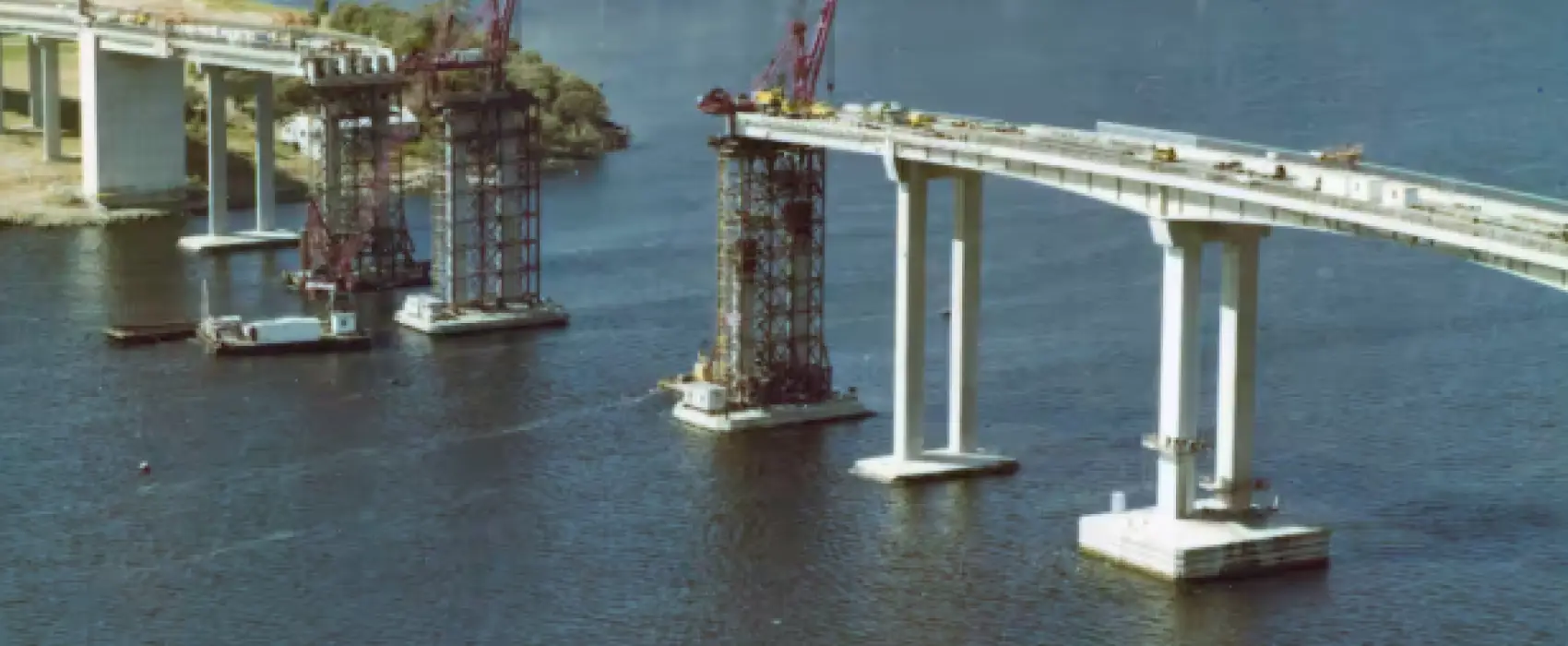
The incident also helped to shape TasPorts' current approach to maritime safety, including legislation, procedures and policies adhered to to this day:
In addition, TasPorts pilots carry state-of-the-art portable pilotage units on board each vessel they transit, to ensure a highly accurate and independent navigation aid is always available.
The Lake Illawarra with its 10,000 tonnes of cargo, still lies on the floor of the Derwent, under the 127 metres section of the collapsed bridge. A poignant reminder of the complex and often dangerous nature of the waterways in which TasPorts operates 24hrs a day, seven days a week.